A mixed morning after a strong run
After a three-week sprint that lifted the Stoxx600 roughly 10% off April’s lows, European equity futures are taking a breather. The EuroStoxx 50 and Germany’s DAX are flat, while France’s CAC ekes out a 0.3% gain. Trading volumes are thin, with the FTSE shut for May Day and most major Asian markets—including Japan, China, and Korea—closed for public holidays.
In the U.S., the S&P 500 just notched its longest winning streak since 2004, gaining 1.5% on Friday, while the Nasdaq 100 added 1.6%. Yet futures point slightly lower to start the week, down 0.5% across indices. Australian equities tracked Wall Street’s softness, and oil-sensitive sectors saw a bounce as crude slid further. Brent crude trades at $59 a barrel—the lowest level since early 2021—after OPEC+ agreed to ramp up output and Saudi Arabia threatened to unleash even more supply unless rogue producers fall in line.
Central banks in the spotlight
This week brings a trio of policy decisions from the Fed, the Bank of England, and Norges Bank. While no immediate moves are expected from Powell’s Fed, markets are pricing in nearly 80 basis points of cuts for 2025. The BoE is forecast to trim its benchmark rate by 25 basis points to 4.25%, despite lingering wage pressures and stubborn inflation. Meanwhile, Norges Bank remains the hawk in the room—expected to hold rates at 4.5%—though the market still sees 50 basis points of easing before year-end.
Swedish and Norwegian inflation data due Friday will be critical. Norway’s core CPI (KPI-JAE) is expected to ease to 3.2%, down from 3.4%, in line with the central bank’s forecast. Food prices and rents remain key swing factors.
Politics and trade jostle for attention
Markets also face a flurry of political developments. Germany’s parliament votes Tuesday to confirm Chancellor Friedrich Merz’s coalition—more ceremony than suspense. In Romania, hard-right eurosceptic George Simion leads the presidential election re-run after a previous result was annulled. A second-round showdown with a centrist EU-aligned candidate looms on May 18.
On the international front, Donald Trump is back in the headlines, floating the idea of 100% tariffs on foreign films and vowing to slash China tariffs “at some point” to maintain trade flows. China, for its part, has signalled readiness to reopen negotiations. Meanwhile, Japan’s Finance Minister downplayed speculation about using U.S. Treasury holdings as leverage in trade talks.
Stocks to watch: from oil to AI
Friday’s U.S. session saw energy-intensive sectors rally on cheaper crude. Qantas jumped 2.9% after an early 5% pop, and U.S. carriers soared: Delta up 6.5%, United Airlines 7.1%, and Southwest 4.4%. Delta still trades 27% lower year-to-date despite Friday’s surge, and earnings remain fragile.
In tech, Palantir rose 6.95% ahead of earnings, testing its all-time high from February. Investors are watching whether defence spending cuts under a potential Trump return will hit revenues. The stock is already up 64% this year.
IonQ, the quantum computing hopeful, spiked nearly 13% after claiming a breakthrough in LLM accuracy—despite light volume and a 26% YTD drop. A modest pullback in after-hours trading suggests the story’s not over.
